Factual Entertainment genre saw a major boost during the pandemic period: Avinash Kaul
India’s longest-running hit factual entertainment series, ‘OMG! Yeh Mera India’, recently returned to TV screens with a vibrant new season. In its fifth year and seventh season, the series has gone from strength to strength, reaching millions of viewers on television and digital platforms. Its biggest win, though, lies in its impact beyond the screen and on the lives of people featured in various episodes. Not only have they been widely recognised and celebrated for their talent or record-setting feats, but some have also been honoured with the prestigious Padma Awards, including Pankajakshi Amma and Meenakshi Amma from Kerala and Teejan Bai from Chhattisgarh. Some stories from the series have even inspired cinematic works by filmmakers. Stories such as those of conservationist Dr Prakash Amte or octogenarian sharp-shooter ChandroTomar have become the subject of popular films. On social media, stories from the show have been viewed, liked, loved, and shared by millions, including actors, sports stars, public figures, influencers, and thought leaders.
Also read: Avinash Kaul on what keeps Network18 on top of the game amid Covid-19 crisis
In conversation with Adgully, Avinash Kaul, Managing Director, A+E Networks | TV18 and CEO-Broadcast for Network18, speaks about viewer and advertiser response to ‘OMG! Yeh Mera India’, growth of the Factual Entertainment genre in India, content consumption during the pandemic period, where OTT content is headed and much more.
‘OMG! Yeh Mera India’ Season 7 has commenced, could you take us through the growth of this show and the kind of response that it has seen from viewers as well advertisers?
We started the journey five years back, when we launched ‘OMG! Yeh Mera India’. Essentially, the idea was to capture the history that Indians are making every single day – we don’t realise it, but there is daily history being made by regular Indians across India. However, many of these inspirational feats remain unknown to the larger audiences as they are not under focus. Thus, there was a huge space to turn the spotlight on and basically chronicle the day to day history in the making by individuals. That was the whole idea behind ‘OMG! Yeh Mera India’.
Five years and 6 seasons later, as per BARC data, we have more than 18 crore viewers who have seen this particular show. On digital, the traction as is massive as 84 crore video views and 550 crore impressions till date for all the seasons of ‘OMG! Yeh Mera India’. In every season, there are 10 episodes and each episode features four, which essentially means 40 stories per season; and in the 6 seasons so far, we have brought 250 amazing stories to our audiences from across the length and breadth of the country. Thus, from a viewership standpoint, the numbers are huge and staggering.
The advertiser response, too, has been brilliant right from the start, because this is differentiated content which is very inspirational and is rooted in the heartland of India, and is available on television as well as digital on a large viewership platform such as HistoryTV18. Therefore, it ticks most of the boxes that advertisers typically would want to look at.
How has ‘OMG! Yeh Mera India’ helped grow the viewership of History-TV18 over the last 6 seasons?
Whenever it comes on air, it spikes our viewership. And it contributes to our entire library of Indian Original content. If you look at our entire competition space, there isn’t any such a major show that you will recall on any other competition network which is like a season franchise. Earlier, most of the content on the channel was primarily international in nature. Today, on any given day, almost around 30% of the content is now local Indian content. And this journey continues, because every year we continue to produce more and more local content. And that is the main strategy going forward as well.
What can we expect in Season 7? What will the show focus on more, especially in the post-pandemic times?
Show doesn’t necessarily have a theme that we look forward to fit it into, the show looks at only achievements of regular Indians and what great content they bring to the table. For example, there is a story of a person who has made a scooter that climbs up a tree; then there is another story of a person who has flown an actual aeroplane on his rooftop. It took him 20 years to make it, which is a long time. It is not just a celebration of his achievement, but also fulfills the brand promise of History, because this guy in his own small way has contributed towards creating history. And when his story goes viral and he gets the acclaim across multiple forums, our job is done.
These stories about Indians who have done spectacular work have travelled across the globe, because digital content has no geography. We also get a lot of views from outside of India, where people love this kind of format. In fact, a lot of countries are talking to us to pick up our format and present it in their own languages. They love it because these are just regular Indians and not celebrities.
How has the Factual Entertainment genre performed during the pandemic-disrupted year 2020? What are your key observations from that challenging period?
From a viewership standpoint, the Factual Entertainment genre saw a major boost during the pandemic period as television viewing went up since people were confined to their homes. With no TV shoots happening, the GECs’ fresh content dried up. Thus a massive surge was seen in news channel viewership. Along with this, factual entertainment saw an increase in viewership as well, and people were watching a lot of long form content. We had aired documentaries on past pandemics as well as content related to healthcare, which got a lot of traction.
So, from a viewership standpoint, the year 2020 has been extremely good. However, from an advertising standpoint, unfortunately, as was the case with the rest of the industry, Q1 was very, very shaky. Thus, as a business, we pivoted towards creating more and more branded content, rather than just rely on the commercial secondaries from advertisers. This led us to do three seasons of ‘Road Trippin with Rocky and Mayur’, which was a purely digital content initiative, and was not aired on TV. Several auto brands joined up as Rocky and Mayur set out on a road trip across various parts of India as the unlock process started happening. We produced content as daily vlogs on our digital platforms that received very heavy traction from viewers and a very enthusiastic response from the brands as well. With this, subscription gathered momentum and that continues to be the mainstay of the business. Thus, overall the business is fine, but just that advertising took a major hit in the first quarter.
Do you think the current business model of the Factual Entertainment genre needs a relook in the new normal?
It is always an iterative process. Great content needs great budgets, and great budgets can either come from advertising or from subscription. If you look at a series like ‘Game of Thrones’, it involved massive production budgets and phenomenal production values cost a bomb. Had the show been dependent only on advertising, it would have never been made. But people pay to watch such shows by subscribing to it. Subscription is far higher in cost, people today are paying Rs 750 a month to certain platforms, whereas even today, bulk of the country pays less than Rs 200 for watching 800 channels in a month. So, when you don’t pay as much, then the quality of content that you get is equivalent to that. But as India starts opening up to more and more subscription led businesses, better quality content is what you will end up seeing on the networks or on OTT platforms or on digital platforms. So, the business model will pivot; it is not a question of ‘if it will pivot’, but ‘when it will pivot’.
Globally, the amount of factual entertainment content on bigger international platforms like Netflix, Amazon Prime is far higher. But in India, it is the bold and edgy content that brings in the first adopters, that is, the initial set of audiences, to OTT platforms. Then the audience starts maturing and we see more of family audiences. Only after that comes the deeper factual entertainment and documentary content. India is still in Phase 1.
The recent Government guidelines on OTT content will regulate the kind of edginess that has been seen on OTT. This means that the content trajectory will move to family viewing now, which further means that in one or two years from now, you will see a lot more content in the factual entertainment space on OTT platforms. We are eagerly waiting for that to happen, because that will herald a new lease of great quality content which will directly be paid for by the subscribers and result in great production values. So, there are exciting times ahead.


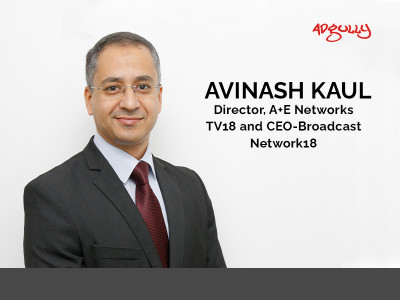
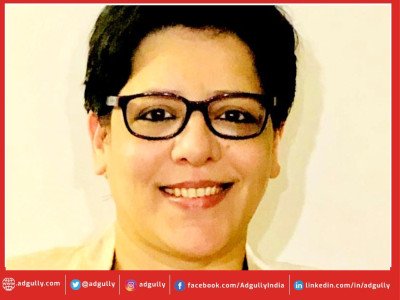





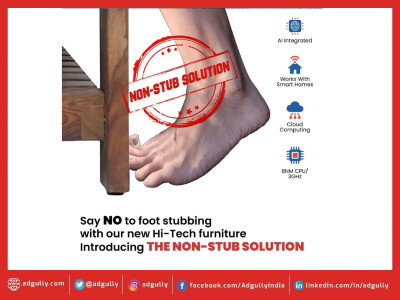
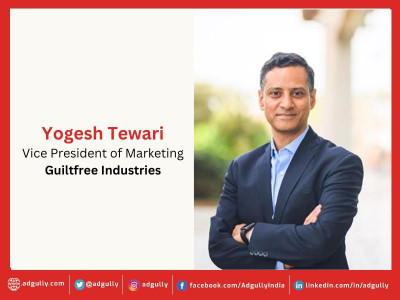



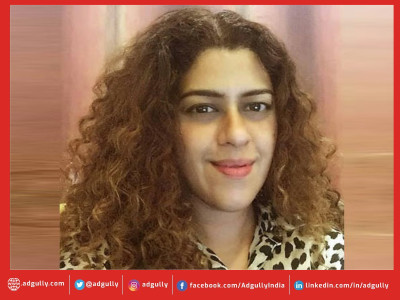

Share
Facebook
YouTube
Tweet
Twitter
LinkedIn